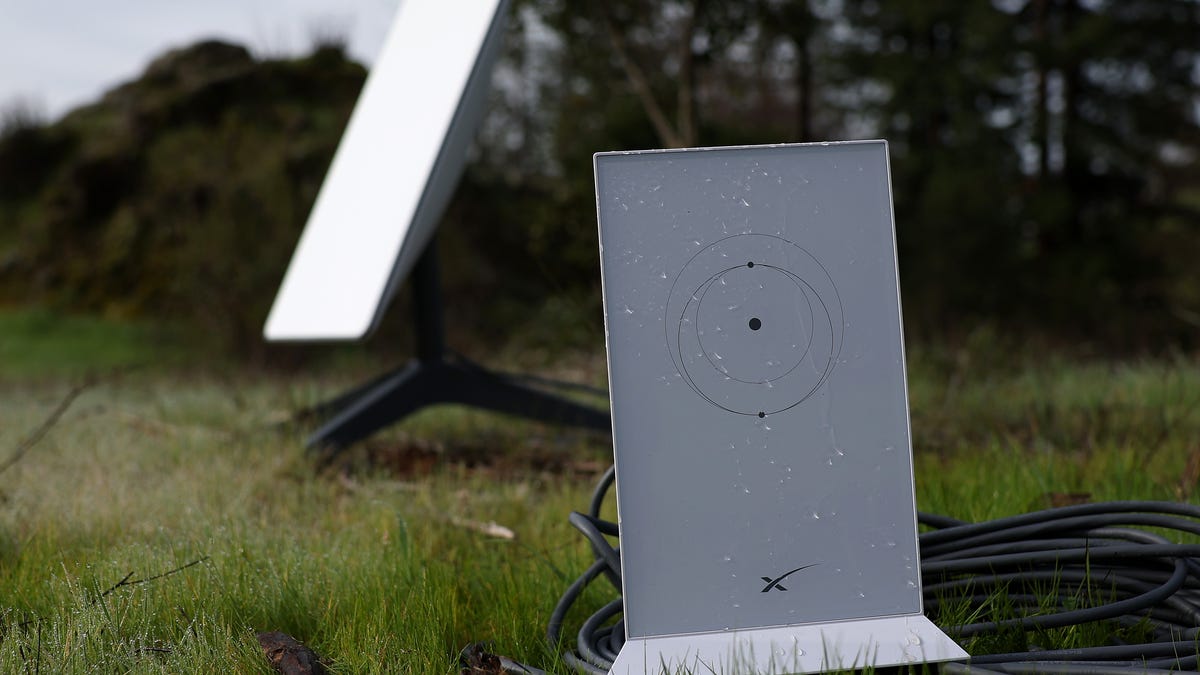Francis Scott Key Bridge Collapse in Baltimore
Earlier today, the Francis Scott Key Bridge in Baltimore, Maryland suffered a catastrophic collapse following a collision with a ship that took out a crucial support column. This bridge serves as a significant commuter route, allowing traffic to cross I-695 over the Patapsco River at the southern tip of the Baltimore Harbor. Presently, there are no official reports on casualties resulting from this tragic incident, though unconfirmed sources suggest that several cars may have plunged into the water, in addition to construction workers who are currently unaccounted for.
Impact and Aftermath
The event was captured via various port camera livestream screenshots that depict the precise moment of impact and the ensuing devastation caused by the bridge collapse:
- Image and Video 1
- Image and Video 2 (language warning)
Assorted photos and videos circulated early on also display the extensive damage sustained. A security camera recording dating back to 1:28 a.m. EDT on March 26 exhibits the ship colliding with a support column, leading to the swift collapse of the suspension bridge.
Additionally, a live video feed showcasing the ongoing recovery operations provides additional insight into the magnitude of the disaster. Baltimore’s Mayor, Brandon Scott, announced his departure to the accident location, affirming that emergency personnel are actively engaged in response efforts.
Historical Background of Key Bridge
The Francis Scott Key Bridge, named after the writer of the Star-Spangled Banner, commenced operations in March 1977, marking the final connection within I-695 (Baltimore Beltway). Spanning approximately 1.6 miles over the Patapsco River, this bridge holds historical significance as the location where Francis Scott Key drew inspiration to compose the anthem.
Initially conceived as a response to escalating traffic congestion within the Baltimore Harbor Tunnel, the bridge tackled these challenges by offering a broader traffic capacity and reduced operational expenses compared to a proposed tunnel alternative. Construction commenced in 1972, with the bridge eventually inaugurated in March 1977.
Today, the Key Bridge serves as a pivotal component of Baltimore’s transportation infrastructure, linking various historical sites such as the ruins of Fort Carroll and contributing to the rich tapestry of American heritage within the region.
Not only does the bridge facilitate local and interstate travel, but it also stands as a testament to ingenuity, resilience, and the enduring legacy of Francis Scott Key. The recent collapse serves as a stark reminder of the fragility of infrastructure and underscores the importance of ongoing maintenance and vigilance to prevent such tragedies from recurring.
Image/Photo credit: source url





